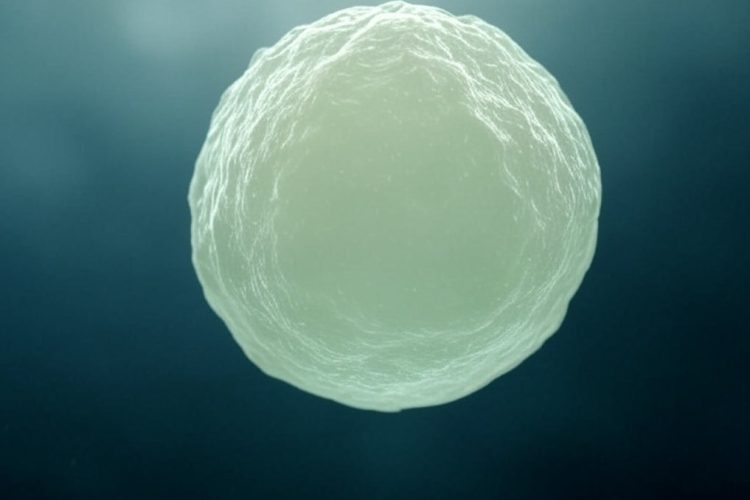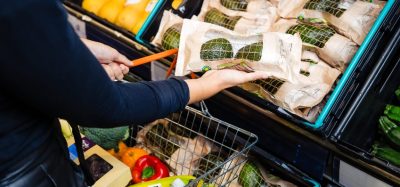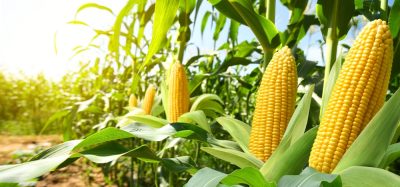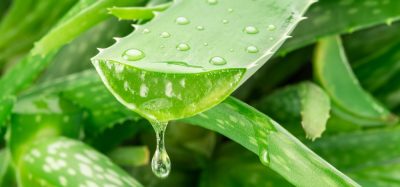Turning waste into food: scientists transform whey into sustainable protein
- Like
- Digg
- Del
- Tumblr
- VKontakte
- Buffer
- Love This
- Odnoklassniki
- Meneame
- Blogger
- Amazon
- Yahoo Mail
- Gmail
- AOL
- Newsvine
- HackerNews
- Evernote
- MySpace
- Mail.ru
- Viadeo
- Line
- Comments
- Yummly
- SMS
- Viber
- Telegram
- Subscribe
- Skype
- Facebook Messenger
- Kakao
- LiveJournal
- Yammer
- Edgar
- Fintel
- Mix
- Instapaper
- Copy Link
Posted: 31 March 2025 | Ian Westcott | No comments yet
Scientists from Tecnológico de Monterrey have discovered a groundbreaking way to transform whey waste into sustainable single-cell protein, offering a nutritious and eco-friendly alternative to traditional protein sources.


A conceptual illustration of single-cell protein, the sustainable alternative produced through microbial fermentation of whey waste.
Monterrey, Mexico, March 2025: Scientists from Tecnológico de Monterrey, in collaboration with the Technical University of Denmark (DTU), have unveiled a breakthrough that could help tackle food insecurity and environmental waste. Their research converts whey, a byproduct of cheese production, into single-cell protein (SCP) using microbial fermentation. This process offers a sustainable alternative to traditional protein sources.
Transforming waste into high-value protein
Every year, millions of tonnes of whey are discarded, polluting waterways and wasting valuable nutrients. This new approach uses precision fermentation to break down lactose in whey and convert it into protein-rich biomass. It harnesses natural microbial communities, including yeasts and bacteria, avoiding genetically modified organisms (GMOs). This makes it easier to scale and gain regulatory approval.
Dr Mario Antonio Torres Acosta, the lead researcher, explains:
“Microorganisms work best in communities, where they complement each other’s functions. By leveraging this natural synergy, we can transform waste into valuable protein efficiently and sustainably.”
Tackling an environmental challenge
Whey waste is a major issue for the dairy industry, with nearly half of all whey produced being discarded. In Mexico’s Veracruz and Chiapas regions, over 100,000 litres are dumped daily, depleting oxygen in rivers and harming aquatic life. This new solution helps repurpose waste while reducing environmental damage.
The benefits of single-cell protein
SCP is a sustainable and scalable alternative to traditional protein sources, offering several key advantages:
- Nutritional value: Rich in essential amino acids, SCP is comparable to meat and dairy proteins.
- Lower environmental impact: It requires less land and water and generates fewer emissions than livestock farming.
- Economic feasibility: SCP production costs around $1,600 per tonne, while its market value ranges from $5,000 to $7,000 per tonne—making it a strong competitor to beef, which costs about $10,000 per tonne.
- Consumer-friendly: Unlike some alternative proteins, yeast-derived SCP has a neutral flavour, making it easy to incorporate into food products.
“Alternative proteins are no longer a choice but a necessity,” says Dr Torres Acosta. “We need sustainable solutions to meet the demands of a growing global population.”
Driving food innovation for a sustainable future
This research aligns with Tecnológico de Monterrey’s Flagship Project on Food Security and Nutrition, which focuses on reducing food waste, improving food safety, and ensuring accessible nutrition. The university’s broader research priorities include:
- Health: Using biotechnology and informatics to enhance human health.
- Climate and sustainability: Developing solutions to fight climate change and support renewable energy.
- Industrial transformation: Advancing digital technologies, AI, and sustainable manufacturing.
Dr Alberto Santos Delgado, a researcher in the project and Director of the Informatics Platform at the Novo Nordisk Foundation Centre for Biosustainability at DTU, underscores the impact of this discovery:
“By integrating biotechnology, computational modelling, and precision fermentation, we’ve created an efficient and scalable process for sustainable protein production.”
With demand for alternative proteins on the rise, this research provides a promising step towards a more sustainable food system, turning waste into valuable nutrition for the future.
ovides a promising step towards a more sustainable food system, turning waste into valuable nutrition for the future.
Related topics
Alternative Proteins, Food Waste, Lab techniques, Research & development, Sustainability
Related organisations
Tecnológico de Monterrey, The Technical University of Denmark









